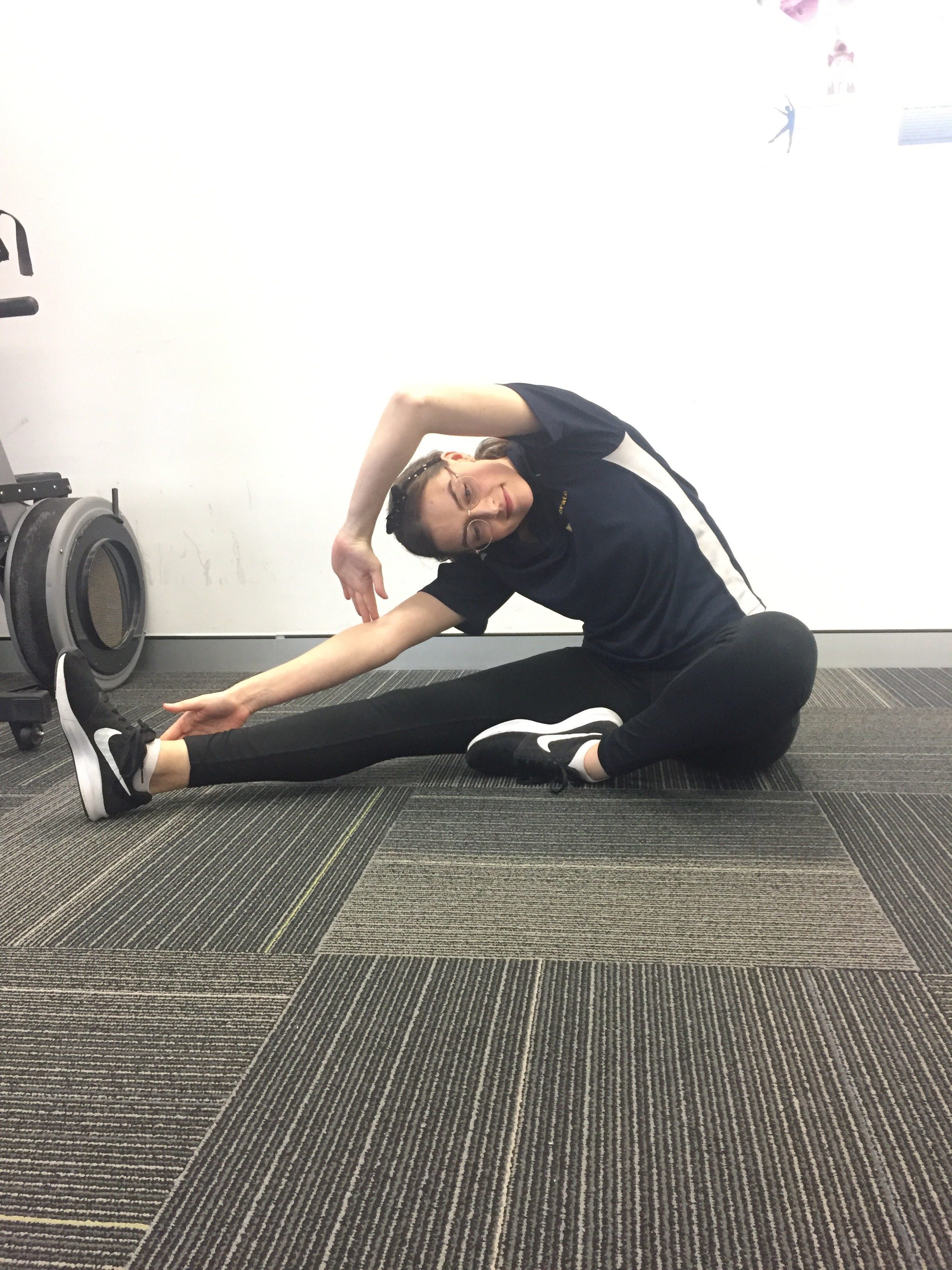Static
vs
Dynamic
The discussion of whether to stretch before exercise has been an ongoing debate. There are many different types of stretching that can be done to improve our flexibility. The question is, what form of stretching should we be doing and when should we be doing it?
Static Stretching
Static stretching is arguably the most familiar type of stretching. The emphasis of this type of stretching is to focus on a muscle group, bring it into a comfortable level of stretch and hold for at least 15 to 20 seconds. This is usually repeated a few times. The aim of this style is to allow for a deeper, slower stretch that allows the muscle to relax and lengthen. An example of this style is Yin Yoga. Various studies have indicated that preforming static stretches ahead of explosive exercise has a negative effect on peak muscular force.
Dynamic Stretching
Dynamic stretches involve moving a joint/muscle through its range, in a controlled way which mimics the exercise you will be completing. There are no extended holds. Completing this style of stretching before higher intensity sport may assist with localised circulation, prepare the nervous system and the musculotendinous structures. An example of dynamic movements include
– lunges with a twist
– leg swings
Summary
Stretching of any kind is important to maintain flexibility. There is some evidence to suggest that dynamic stretching is preferable before explosive exercise whilst static stretching is beneficial after exercise. It is also important to note that the dynamic stretches must be activity specific to mimic movement requirements.
Alison Molamphy
Physiotherapist



Recent Comments